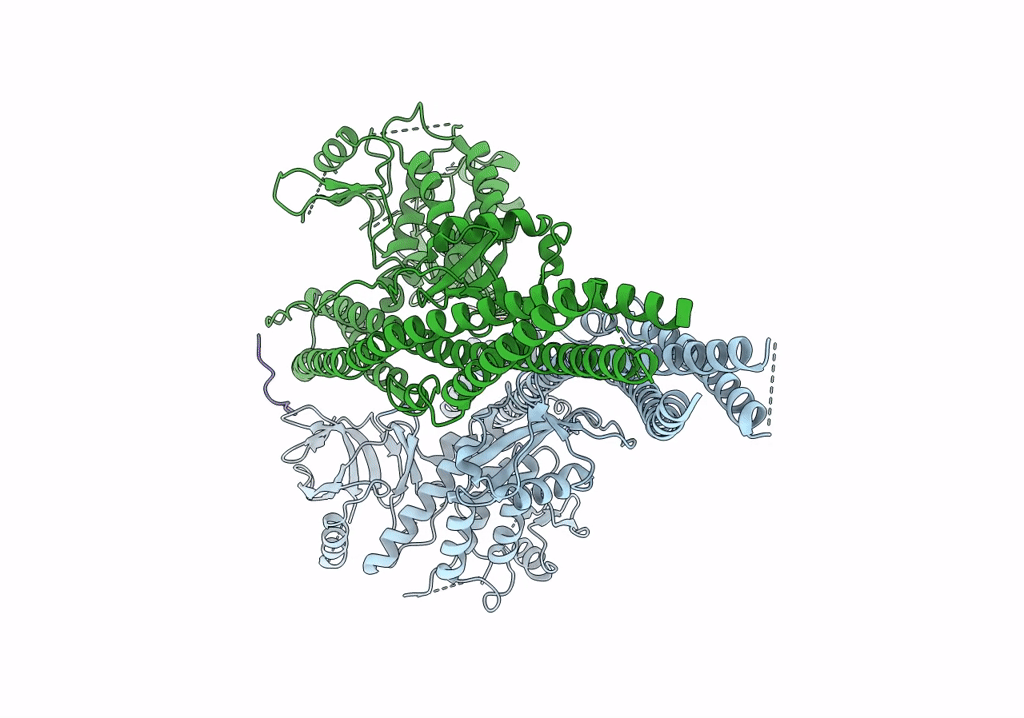
Deposition Date
2019-01-28
Release Date
2019-03-06
Last Version Date
2024-03-20
Entry Detail
PDB ID:
6NT9
Keywords:
Title:
Cryo-EM structure of the complex between human TBK1 and chicken STING
Biological Source:
Source Organism:
Homo sapiens (Taxon ID: 9606)
Gallus gallus (Taxon ID: 9031)
Gallus gallus (Taxon ID: 9031)
Host Organism:
Method Details:
Experimental Method:
Resolution:
3.30 Å
Aggregation State:
PARTICLE
Reconstruction Method:
SINGLE PARTICLE


